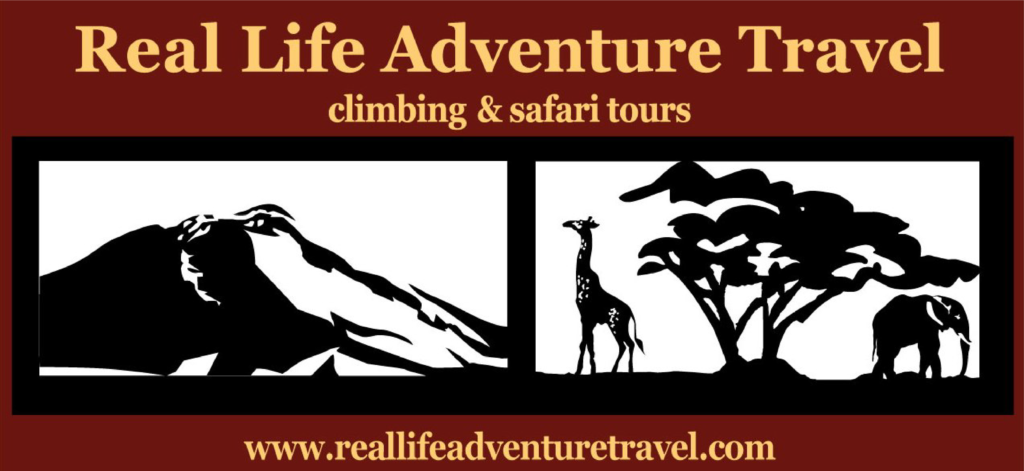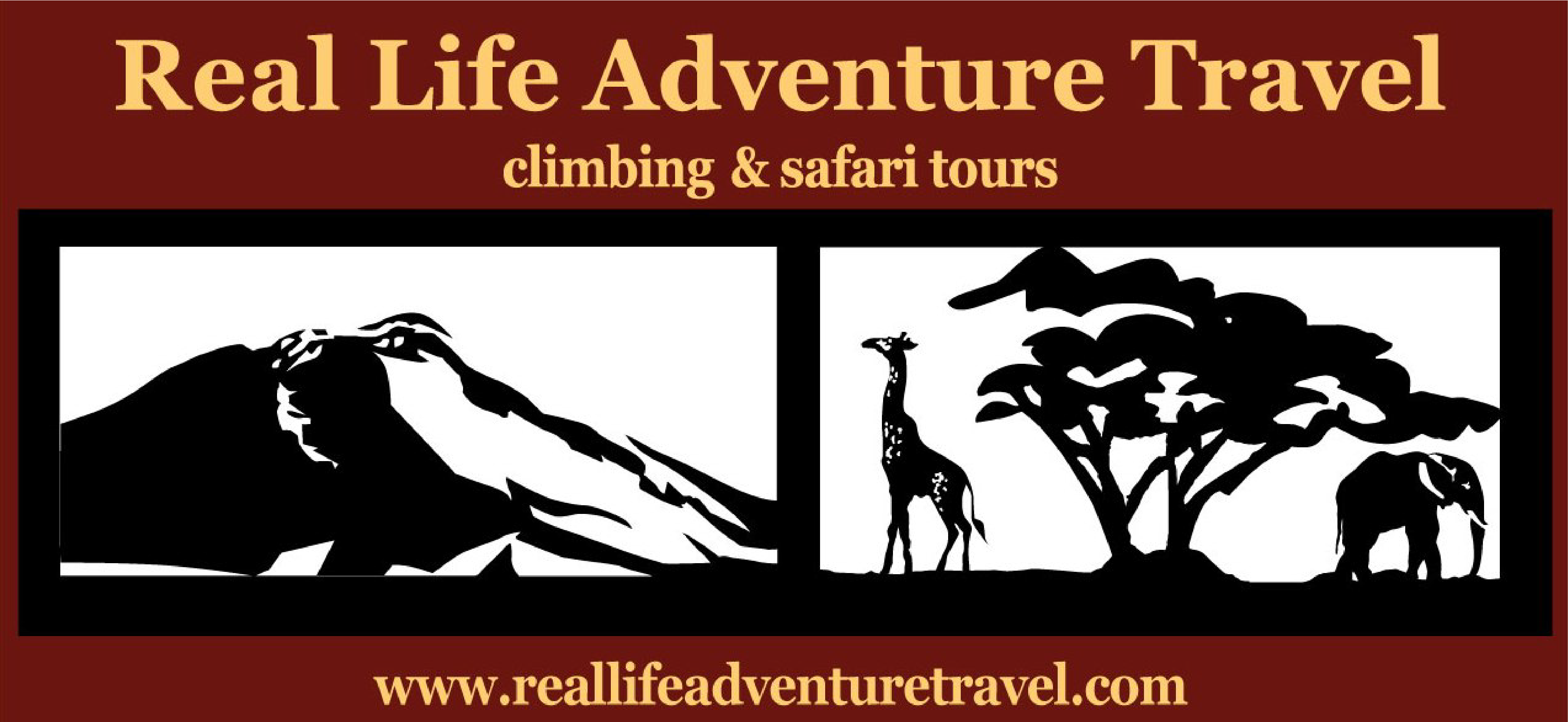Tanzania Family Safaris
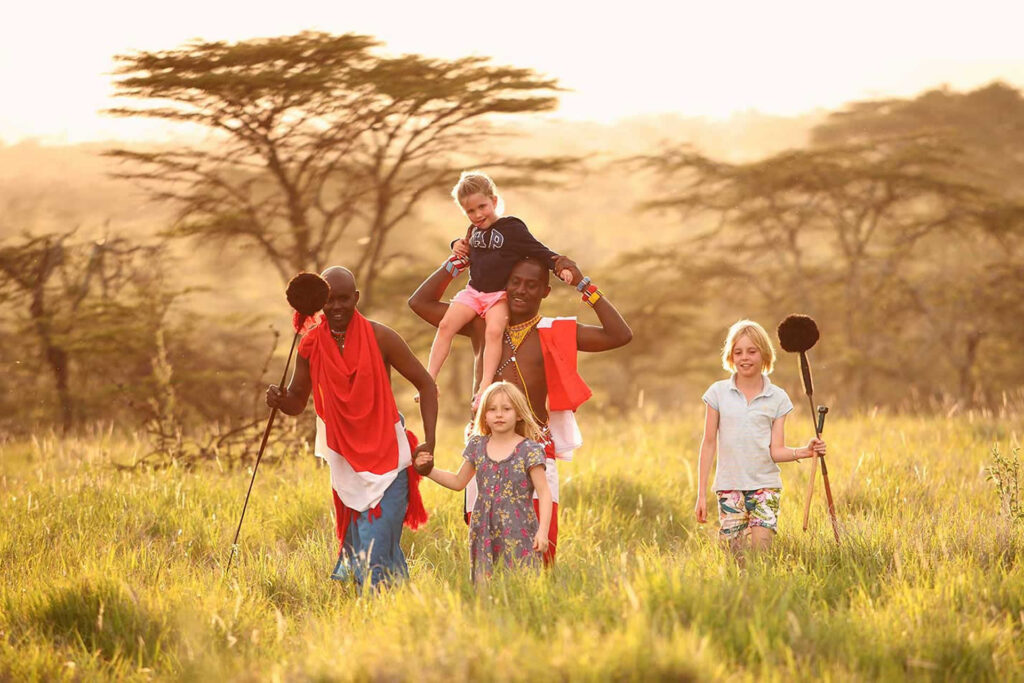
A family vacation getaway A Tanzania Family Safari is an excellent holiday plan for those who want to make their partners and kids happy. Tanzania offers an abundance of wildlife for you and your family to enjoy, and we are here to ensure that your journey to the wilderness meets you and your family’s expectations. The Northern Circuit makes for an exciting destination for game drives and our Family Safari Packages offer competitive prices, especially for larger groups. You and your family will get to enjoy comfortable Safari Vehicles with expert drivers and guides who will cater to all of your Family’s needs. You and your family will also get to enjoy comfortable and relaxing accommodation facilities with various amenities such as those with family rooms, interconnecting rooms, swimming pools, larger communal areas, and more. For added flexibility, we also offer private activities for families, and a safari can be combined with a beach break in Zanzibar. Top family safari destinations Ngorongoro crater The views from the Crater rim are sure to have you and your little ones gasping with awe. Well worth a visit for the scenic vistas alone, the Crater is also steeped in history, so the kids can enjoy a little learning as you cruise along the caldera floor. Serengeti NAtional park From witnessing the Great Migration to catching sight of the big cats that follow the herds, you and your children will be mesmerized by this national park every time you set off on a traditional game drive! The Selous Game Reserve Selous is a watery world filled with palm trees, boat cruises, and of course some wonderful wildlife. This reserve is perfect for a quieter family safari! Zanzibar Island You can’t beat family time spent on the beach, and that’s why we recommend a few days’ post-safari along the white sandy beaches of Zanzibar! Related Articles Safari Itineraries Related Articles Safari Itineraties
Tanzania Walking Safaris
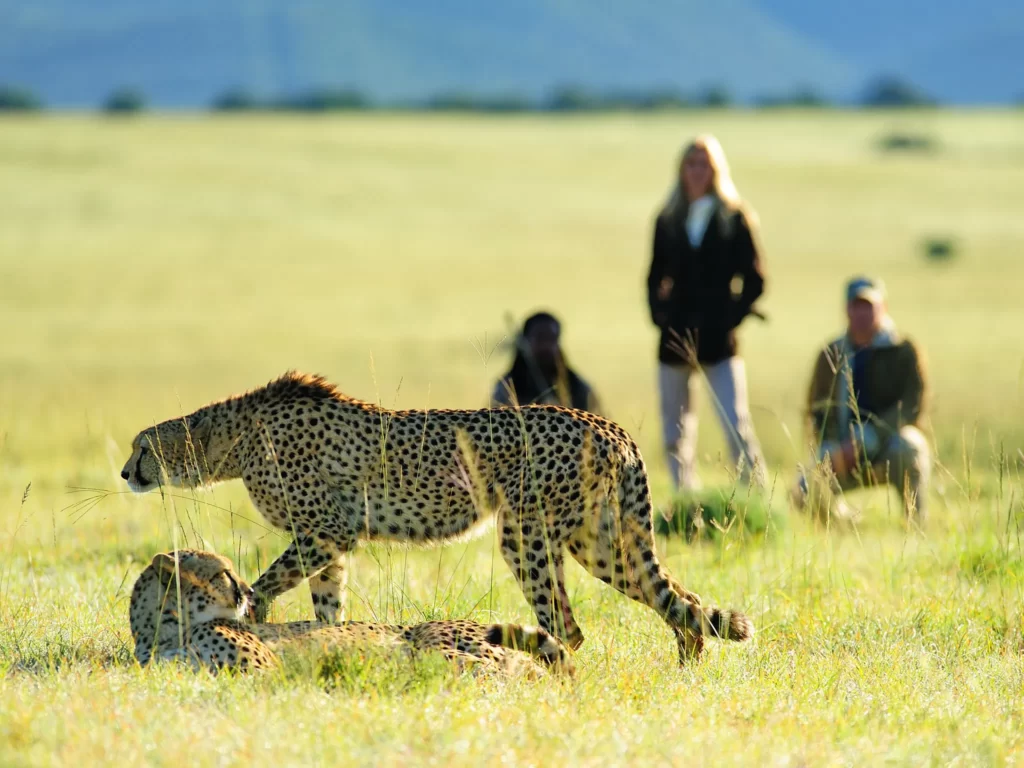
Journey Through The Wilderness Walking safaris are the purest form of safari. Walking in Tanzania is completely different to game driving. On foot you are a participant in the world of wildlife rather than a spectator, a thrilling and unbeatable safari experience. Walking is only available in certain areas and can be short day walks back to the same camp or can be mobile where the crew pack up your camp and move it for you – greeting you at the end of your day’s walking journey with sundowners. Trekking is the next level of wild where you backpack through the wilderness and camp in a new location each night. Tents are lightweight, the team is very few so the focus is on immersion, getting stuck-in and wilderness rather than luxury. Get Up Close & Personal Walk in the most spectacular scenery in Africa This scenic walking safari takes place in the Ngorongoro Conservation area with the largest unbroken caldera in the world; the breathtaking Ngorongoro Crater. Walk the Serengeti plains on an amazing safari experience Explore the Serengeti on foot. Get closer to nature than ever before. Discover undisturbed wildlife and enjoy the serenity of the environment on a beautiful walking safari in the Serengeti. Tarangire National Park Walking Safari A combination of Maasai encounters and secret sleeping vantage points to watch elephants in the full moon. Tarangire National Park features the largest concentration of wildlife in Tanzania that remains in the park throughout the year. Related Articles Safari Itineraries Related Articles Safari Itineraties
Private/Custom Itineraries
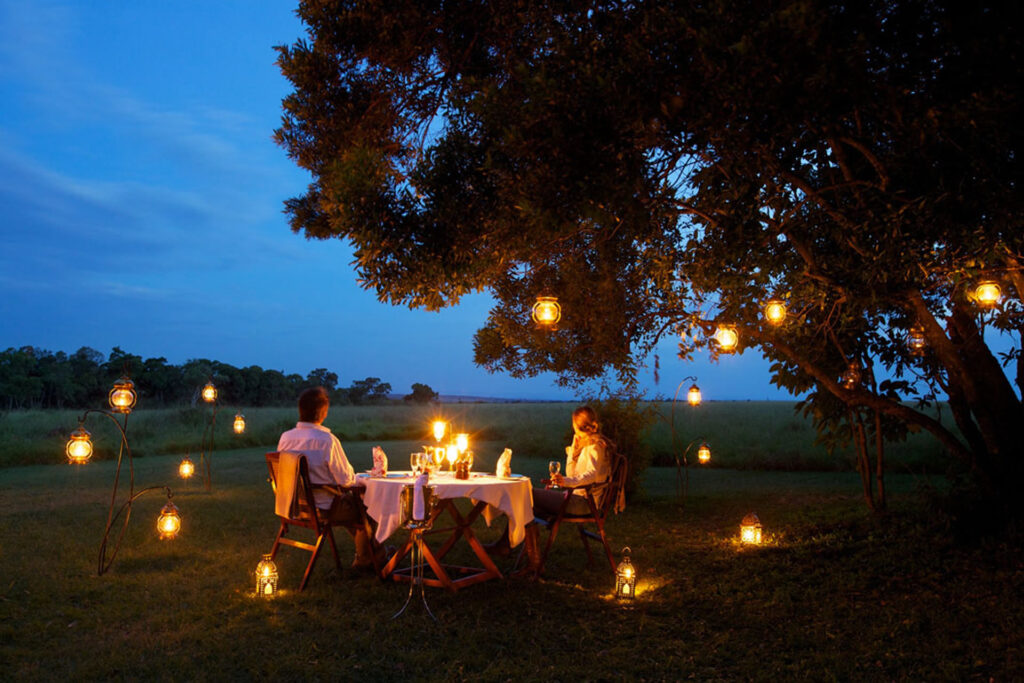
The Greatest Show on Earth The Great Wildebeest Migration in the Serengeti is the largest movement of wild animals in the world, involving about 1.5 million wildebeests, zebras, elands, and gazelles. This migration is listed as one of the world’s eight natural wonders and is an exceptional inspiration for a dream nature tour of northern Tanzania. The migration starts around March and April when the animals leave their calving grounds in the southern Serengeti and head towards the next water source. They trek via the south-central Seronera outskirts into the Western Corridor and Grumeti River, where they stay until June, before heading to the Masai Mara National Reserve in Kenya around July or August. They return via the same river from October to November and continue back to the southern Ndutu calving grounds, where they arrive around December and reside temporarily until March. The migration attracts a trailing retinue of predators, making it an exciting spectacle for nature enthusiasts. Best Time to Witness the Migration The best time to witness the great wildebeest migration in Serengeti, Tanzania is generally from June to August when the wildebeest are crossing the Mara River into the Masai Mara National Reserve in Kenya. However, the timing can vary depending on the rains and the location of the herds. The migration typically starts in January and February when the wildebeest give birth to their young in the southern Serengeti, and they begin to move towards the western and northern parts of the Serengeti in search of fresh grazing. The migration then heads back towards the south from October to November. Therefore, the best time to witness the migration in Serengeti, Tanzania may depend on which part of the migration you want to witness. A Map of the Wildebeest Migration Related Articles Safari Itineraries Related Articles Safari Itineraties
Serengeti Migration Safari
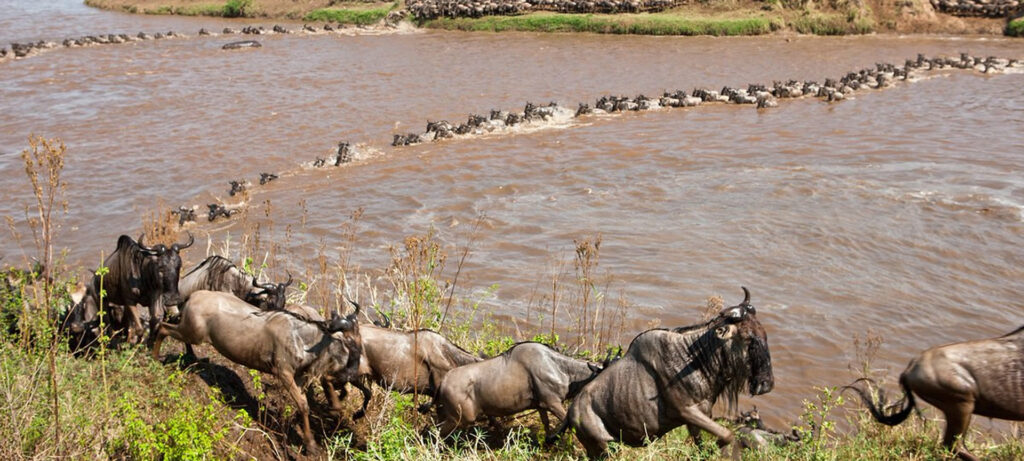
The Greatest Show on Earth The Great Wildebeest Migration in the Serengeti is the largest movement of wild animals in the world, involving about 1.5 million wildebeests, zebras, elands, and gazelles. This migration is listed as one of the world’s eight natural wonders and is an exceptional inspiration for a dream nature tour of northern Tanzania. The migration starts around March and April when the animals leave their calving grounds in the southern Serengeti and head towards the next water source. They trek via the south-central Seronera outskirts into the Western Corridor and Grumeti River, where they stay until June, before heading to the Masai Mara National Reserve in Kenya around July or August. They return via the same river from October to November and continue back to the southern Ndutu calving grounds, where they arrive around December and reside temporarily until March. The migration attracts a trailing retinue of predators, making it an exciting spectacle for nature enthusiasts. Best Time to Witness the Migration The best time to witness the great wildebeest migration in Serengeti, Tanzania is generally from June to August when the wildebeest are crossing the Mara River into the Masai Mara National Reserve in Kenya. However, the timing can vary depending on the rains and the location of the herds. The migration typically starts in January and February when the wildebeest give birth to their young in the southern Serengeti, and they begin to move towards the western and northern parts of the Serengeti in search of fresh grazing. The migration then heads back towards the south from October to November. Therefore, the best time to witness the migration in Serengeti, Tanzania may depend on which part of the migration you want to witness. A Map of the Wildebeest Migration Related Articles Safari Itineraries Related Articles Safari Itineraties
